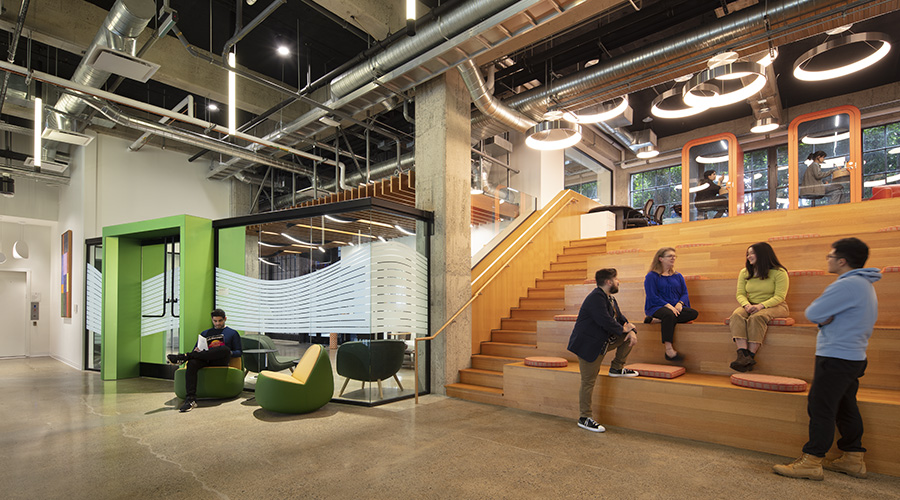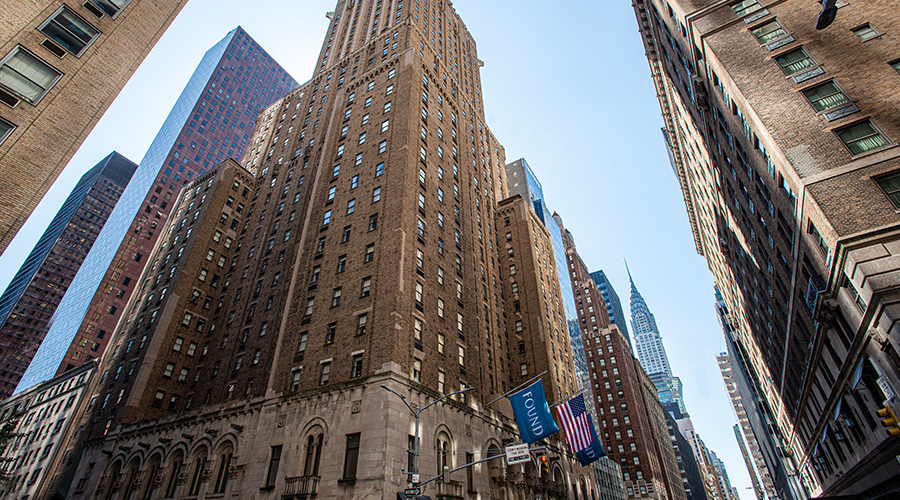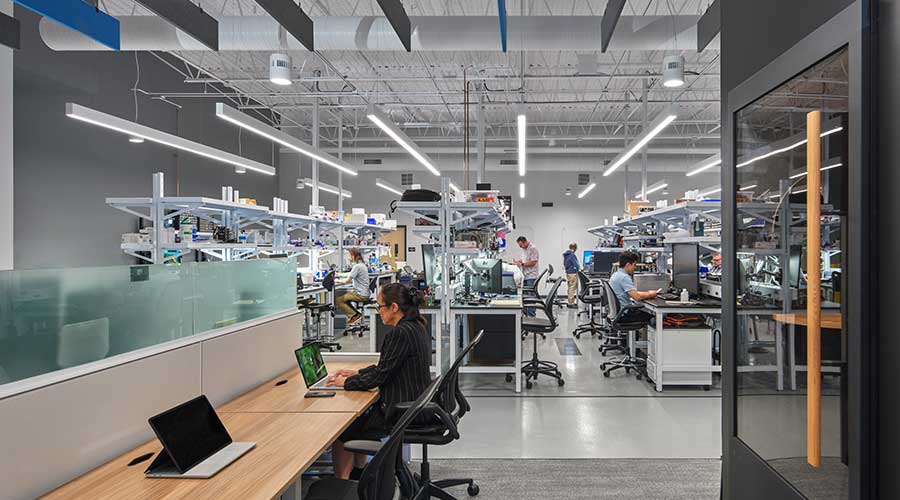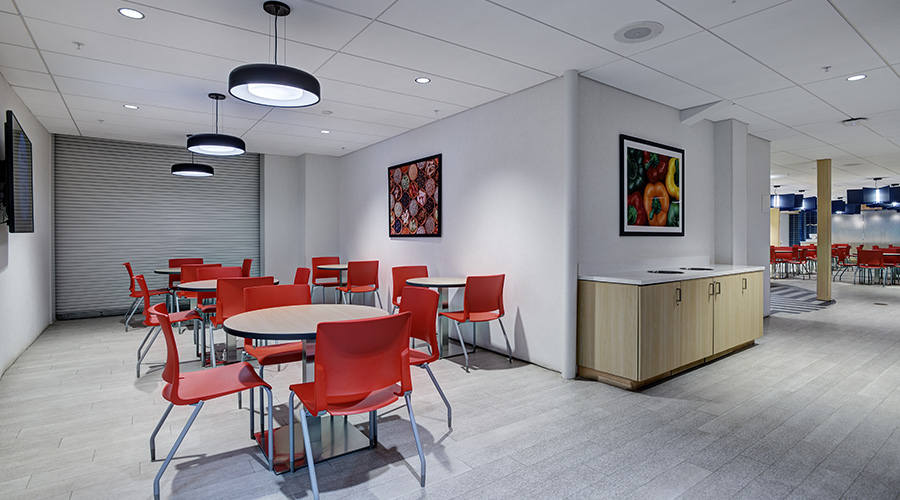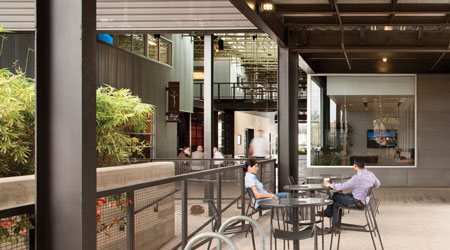 Energy-efficiency characteristics of metal buildings allow them to meet energy codes and achieve green building certifications while allowing creativity, such as in this mixed-use retail village in San Antonio, Texas. Lara Swimmer
Energy-efficiency characteristics of metal buildings allow them to meet energy codes and achieve green building certifications while allowing creativity, such as in this mixed-use retail village in San Antonio, Texas. Lara SwimmerImportant Considerations for Retrofitting with Metal
One of the biggest advantages of metal roof and wall systems is that they are more easily retrofitted than other types of building systems.
Retrofitting a building constructed with wood or metal is always challenging.
Sometimes there are issues lying beneath the surface of the wall or roof that must be addressed. Other times, problems with wiring, adding windows or doorways, or other challenges come into play. Older buildings may not have the necessary blueprints or might have missing or damaged plans to work from.
Metal buildings won’t necessarily eliminate problems during the retrofitting process, but metal-made structures should be easier to modify and repair later.
“One of the biggest advantages of metal roof and wall systems is that they are easily retrofitted,” says Bob Zabcik, technical director of the Metal Construction Association. “Factory-painted metal panels can cut and bent in the field to tie-in with new systems using standard cleats and fasteners, but the tools and skills required to do this are unique to metal construction. By using an installer certified for the system at hand, this will be automatic.”
Because of their large, open interiors without the need for interior columns or support walls, adaptability is one of the bigger assets of metal buildings. For example, a metal building that once housed a manufacturing plant, for example, could be reconfigured into an indoor sports complex.
Regardless of the retrofit plan, it is important to include experts in the plan before moving forward.
“MBMA always recommends that the building manufacturer be consulted before any modifications or additions are performed on a metal building,” says Tony Bouquot, general manager of the Metal Building Manufacturers Association. “A structural engineer or other qualified design professional should also be consulted.”
Important considerations
Walls and the roof are the most important facets of a building for facility managers to consider.
“Steel roofs are great for facility managers, as they are basically maintenance-free and last up to 60 years or more, long after other roofing materials would need to be replaced,” Bouquot says. “But the framing system is compatible with any type of cladding including masonry, glass and glazing, tilt-up concrete, and others.”
Another way to improve thermal performance is to add insulation to the roof and walls.
“This is typically easier to do in a metal building system, because the wall and roof cavities are often open and accessible in the finished building,” Bouquot says. He adds that metal buildings with standing seam roofs are a great platform for solar panels. The panel can often be installed using a mounting system that connects directly to the standing seams without the need for penetration through roof panels and without a separate mounting rack.
The metal building industry remains strong despite the COVID-19 pandemic. Although, nobody can say for certain what the future holds, with increased interest in the technology, environmentally friendly buildings and energy efficiency, metal buildings still have a lot to offer facility managers.
“In the world of sustainability, steel has a great story to tell,” Bouquot says. “Steel is the world’s most recycled material and is the only building material that can be recycled over and over with no loss of performance. Yesterday’s scrap cars become today’s metal buildings. Today’s metal buildings become tomorrow’s bridges. Steel is truly a circular material.”
Joy Choquette is a Vermont-based freelance writer.
Related Topics:










